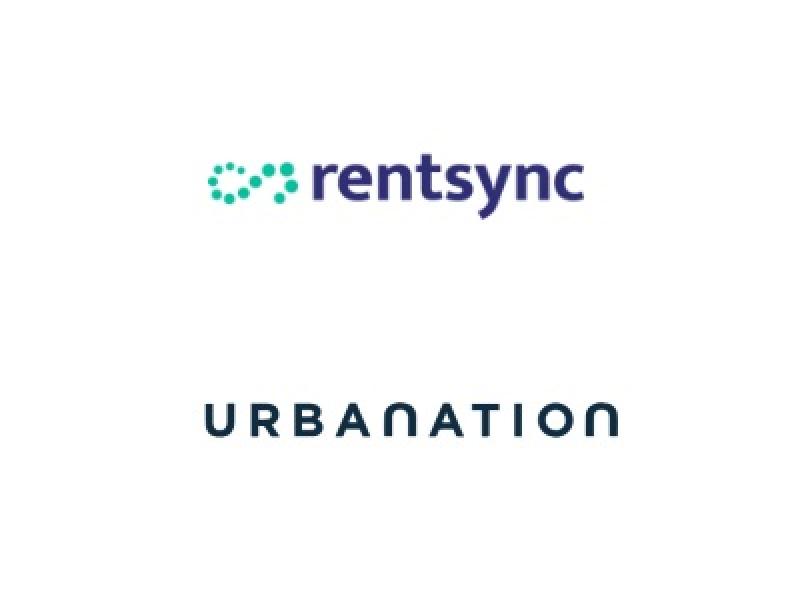GUEST SUBMISSION: In my last article, Where has all the distribution space gone, Alberta?, we took a superficial look at the soaring demand for warehouse space in Alberta due, in part, to the expedited shift in consumer patterns as the world dealt with COVID-19.
This article will analyze how this problem, in conjunction with many other interconnected links in the supply chain, have reverberated around the world causing blockages and delays in the manufacturing, transportation and delivery of goods, and earning the name of “The Great Supply Chain Disruption.”
My goal is to simplify what may be one of the most complex global issues, where no one player is steering the ship (pun intended).
How did we get here?
I’ll begin by stating the supply chain jam we’ve found ourselves in did not begin at the inception of COVID-19, but has been in the making for decades. COVID-19 exacerbated the issue and sped up the outcomes.
Public and private companies globally began adopting new strategies decades ago that incentivized improving efficiencies, leaning-out expenses and ultimately growing returns for owners or shareholders. This was a strategy that, in order to be rewarded, needed to be replicated quarter after quarter, while at the same time the global supply chain was becoming more interconnected and sophisticated.
These big-picture concepts came together seamlessly to birth the concept of “just-in-time manufacturing.”
Instead of the old days where an industrial company produced masses of goods which they then stored in warehouses, involving additional expenses such as salaries, utilities, and rent, our modern manufacturers shifted to a reliance on global shipping and revolutionary algorithms that could predict what their demands would be with great regularity.
Products could be transported by ship, air, train and/or truck and arrive just as needed.
Just-in-time manufacturing is a highly efficient and lean model, but it does not hedge for risk in the event of even small disruptions in the supply chain, let alone a complete breakdown.
What happened in 2020?
In early 2020, the economy shut down to choke off the pandemic.
This happened in rolling succession around the world, starting with factories and businesses being shut down in China. When this happened, businesses globally followed suit and began closing factories and retail locations due to the decrease in the production of goods.
Shipping companies assumed a major downturn would follow, so waylaid ships, trains and trucks, while also cancelling routes, thus sidelining the productive capacity of the global supply chain.
What actually happened, though, was a complete contradiction to what everyone expected. Instead of the demand for goods decreasing as the economy was shut down, it ramped up exponentially.
People were stuck at home, but instead of going out to purchase goods and services, they began ordering in. Offices and home gyms needed outfitting, children and families needed entertaining, cookies needed baking, and most of these goods came from China.
At the same time, there were not enough sea cans in China to ship these goods to meet this demand.
Many sea cans were being utilized to send out staggering volumes of PPE to countries all over the world, not just the traditional “wealthy countries” that normally purchase consumer goods from China. Many of these developing countries did not have many goods to send back to China, so these shipping containers piled up in large volumes in countries where they would not normally be.
At the same time, there were no containers to be found at the busiest ports in the world. Factory goods were being made, but couldn’t be shipped.
Shipping prices rise dramatically
The result of this initial breakdown, and the global shipping network being overwhelmed, is that shipping prices skyrocketed.
I’m talking ten-fold increases in prices to ship containers from China. Shipping companies who saw this windfall began sending empty containers back to China from ports where they’ve been sitting, to take advantage of the unprecedented demand and prices. This now results in traffic jams at the other end. In fact, worldwide, 13 per cent of the containers the world’s shipping fleet can carry is stuck somewhere, waiting to pull up to a dock.
So now ports have full yards as well as ships waiting to unload and yet concurrently, many companies are not coming to pick up their containers because their warehouses are full and there’s no more warehouse space!
Companies are also so overwhelmed by their own order backlogs they’ve ordered excess quantities of goods to ensure they have adequate supply. This has resulted in the ports being essentially used as storage areas. There are also innumerable empty containers waiting to be loaded and sent back to China, but these command a lower price on the open market, and so are not a priority.
Adding to all of this, and warranting a separate article in its own right, is the diabolical shortage of truck drivers to transport these goods across the continent. This career has gone from a good means to support a family, to a job no young person wants, yet this industry remains one of the main pillars of our society to distribute goods to consumers.
Alas, no matter how fast the ports can move (they recently were upgraded to 24-hour operations in the U.S.), if there’s not enough chassis to move the goods out as quickly, the problem is going to endure.
Where do we go from here?
Most experts in the supply chain field believe these problems will not be resolved in the short term. The mantra of “running lean” has left companies vulnerable and prompted the question of back-up plans.
The past 18 months through COVID-19 have changed the behaviours of society and that’s not going away.
Those who were not comfortable or educated in online shopping are now utilizing e-commerce systems as part of their daily routines.
What we can predict is that inequalities in our society will continue to widen as the costs of goods increase, and the availability of goods shifts to the wealthiest markets.
Big companies that can charter their own ships and pay the increasing costs of doing business will ultimately be the winners. Small businesses will once again face monumental challenges purely by not having the same options available.
Consumers likely will have less choices and will find themselves doing business with huge multinationals, because those who are in control of inventory will continue to maximize their profits.








